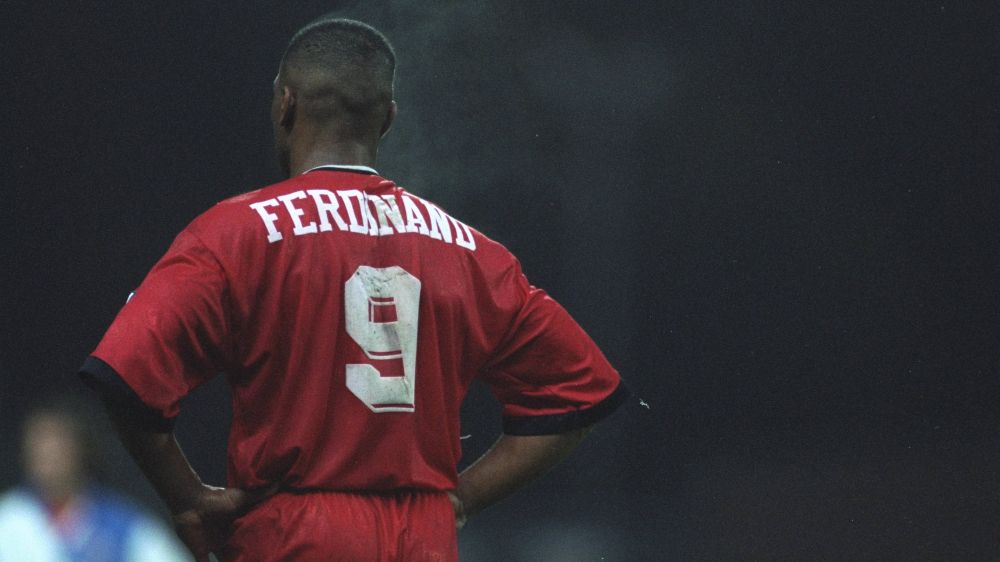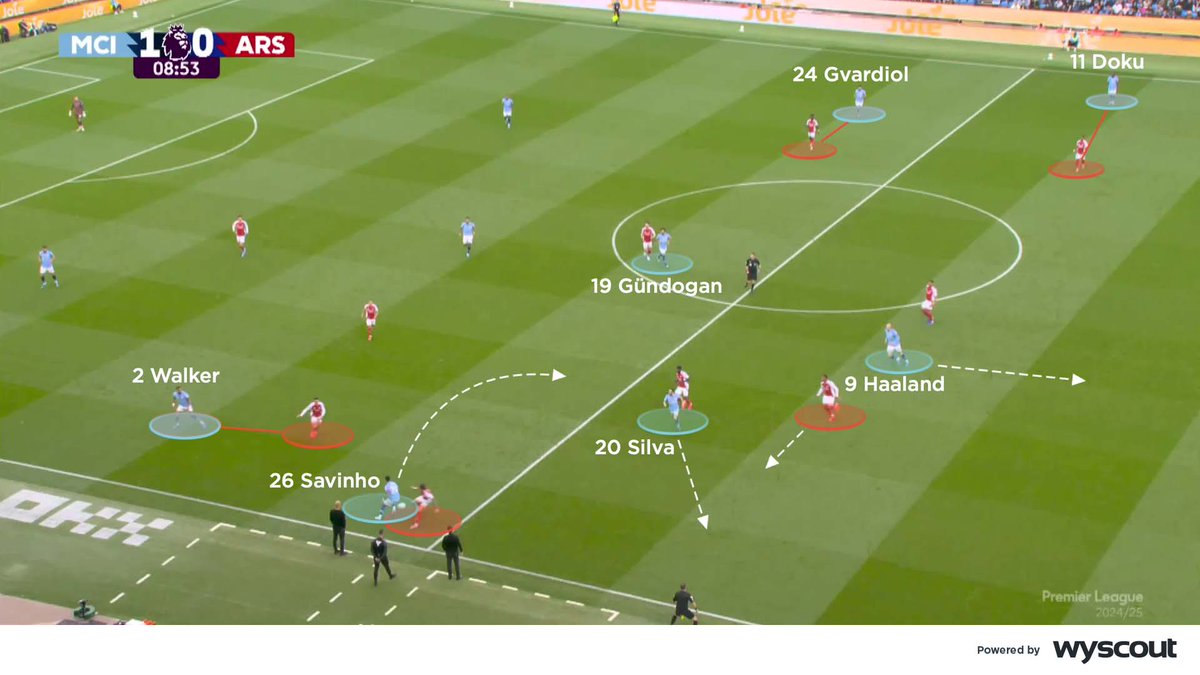🗣️ "When QPR came calling, I couldn’t say no. They’d been my love for 20 years."
A THREAD! 👇 Gerry Francis on managing QPR, telling Les Ferdinand he could play for England, leading the club to 5th and why he resigned.
🔵 #QPR
A THREAD! 👇 Gerry Francis on managing QPR, telling Les Ferdinand he could play for England, leading the club to 5th and why he resigned.
🔵 #QPR
🗣️ "On my first day, I called Les Ferdinand into my office. I told him I thought he could play for England.
"He burst out laughing.
“'What the fuck are you laughing at?' I said.
“'Play for England?' he asked. 'I can’t even get in the team here.'"
"He burst out laughing.
“'What the fuck are you laughing at?' I said.
“'Play for England?' he asked. 'I can’t even get in the team here.'"
🗣️ "I told him I thought he had all the attributes to make it and I could help him. I’d got used to working on making players better from my time at Bristol Rovers." 

🗣️ "He was someone who needed people to believe in him. When he had that, he was almost unplayable. He went on to have a fantastic career and play for England 17 times."
🗣️ "We had a tremendous team in my first full season at QPR. Les finished as the Premier League’s second-highest scorer with 20 goals and we came fifth – the top-placed London club."
🗣️ "I’m the only manager to finish as the highest-placed London club with two different teams in the Premier League era, which is something I’m really proud of.
🗣️ "The problem was, I was having to get used to my best players being sold, just like at Bristol Rovers. It meant there was a ceiling to where we could get to. They tried to hire a director of football and sell Les behind my back. That was enough for me.
"So I resigned."
"So I resigned."
🗣️ "I still only ever finished in the top half with QPR, and then I did the same with Tottenham. Not many managers can say they have only ever finished in the top half of the Premier League. I’m incredibly proud of that."
• • •
Missing some Tweet in this thread? You can try to
force a refresh
















